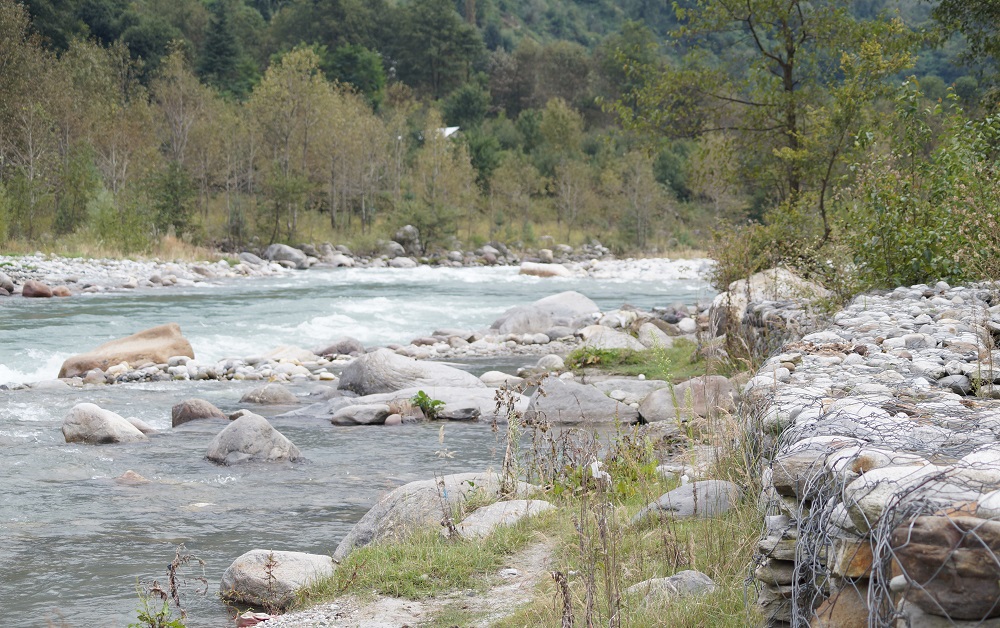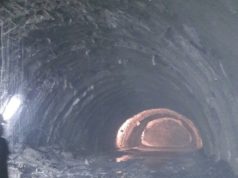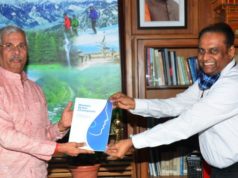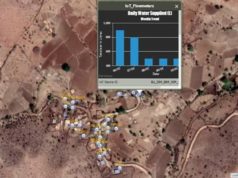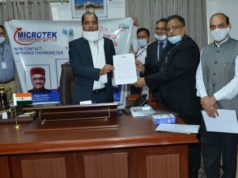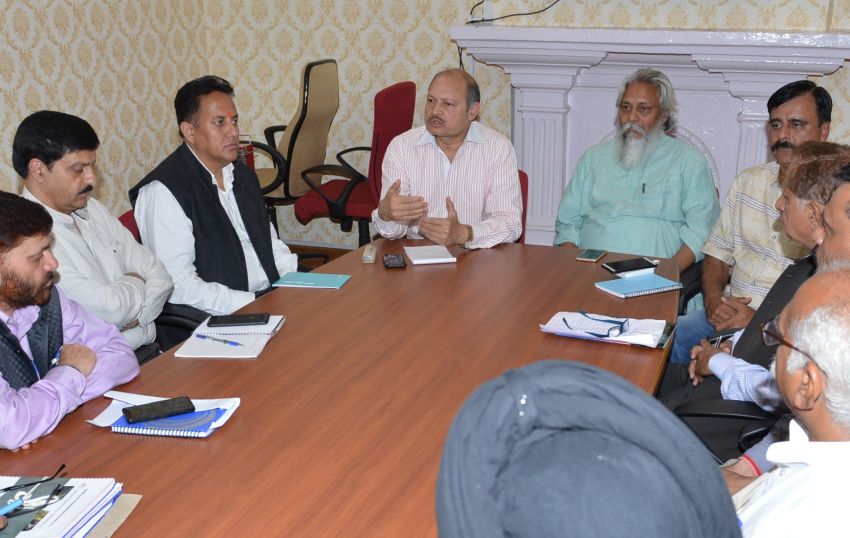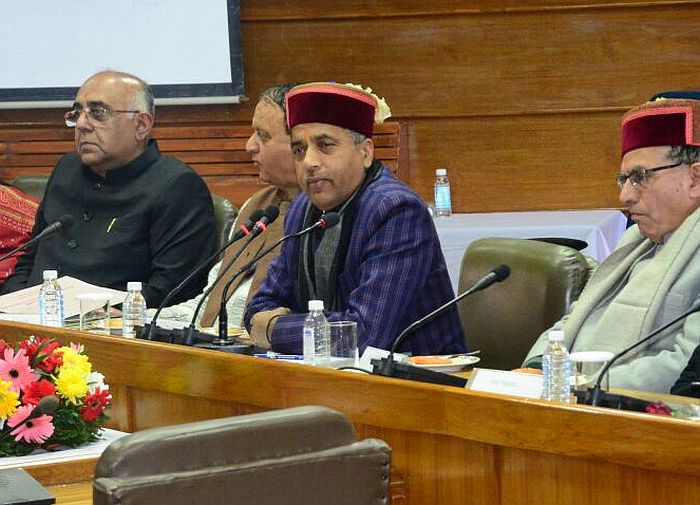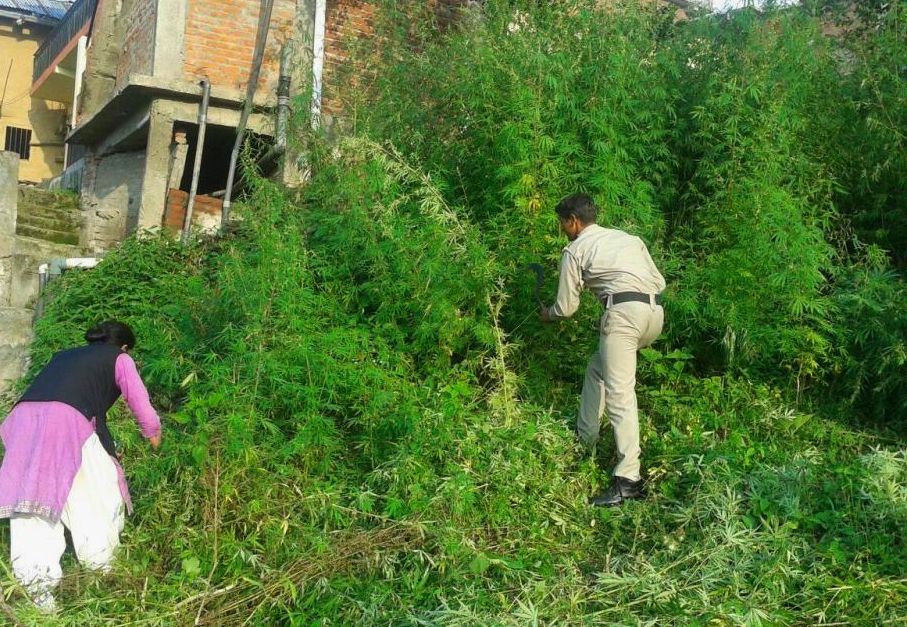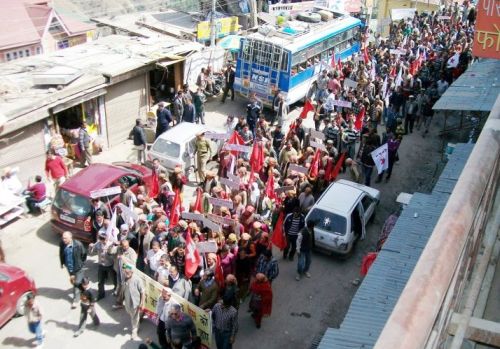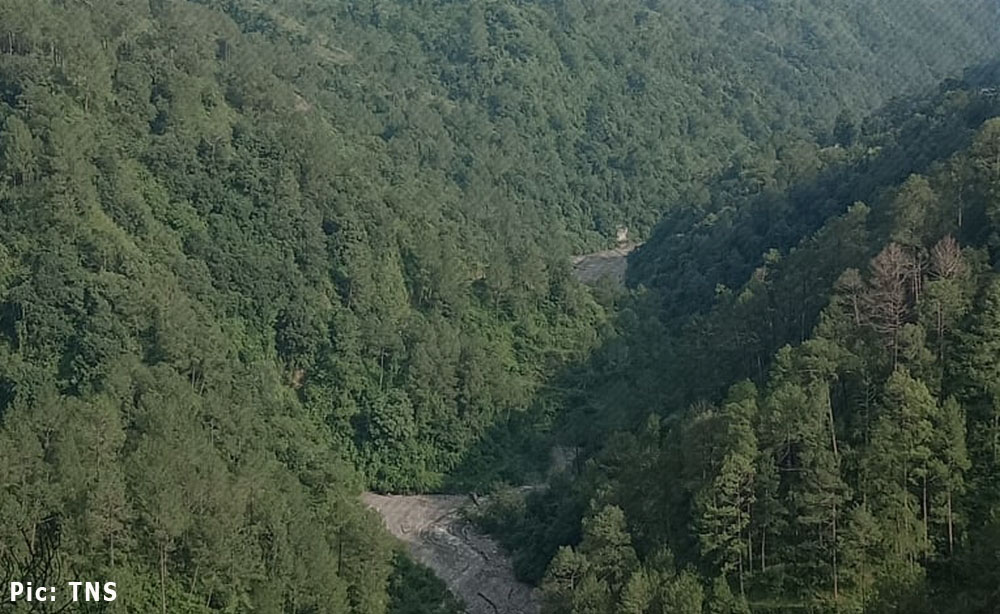
Shimla-Water conservation is the need of the hour. It’s evident from the fact that many villages and even some of the towns are facing water crises on a daily basis. Shimla, the biggest city of the state, is worse hit. To meet its daily need, water is lifted from the Giri and Satluj rivers besides local sources.
Except for this summer, water crises in Shimla city was making headlines during previous seasons. In the summer of 2018, the situation was so alarming that even tourists were advised not to visit the city. As a matter of fact, the Chief Justice of Himachal Pradesh High Court himself had to monitor the status of water supply to the city. It was after this crisis that the administration woke up and came into action. It replaced old, wearing and rusted water supply pipes, worked on new water lifting schemes and readdressed the situation for the time being.
The situation in Solan and Nahan is no different. Besides insufficient water supply, polluted water is another critical problem. The quality of Giri river’s water, which is supplied to Shimla and Solan city, remained in question several times. In fact, lifting of water from Giri was suspended many times during the last decade.
Increasing population in cities, wearing ponds, and old water sources in villages are the main causes behind this problem. The government and district administrations were heard talking about water harvesting in the state, however, it was never initiated and popularized among people
Chief Secretary B.K Agarwal, recently held a meeting with senior officers of various departments to discuss the issues of water resource management. In this meeting, he emphasised working for rainwater harvesting, maintenance and upkeep of ponds and village tanks and conservation of water.
Agarwal pitched for the need to launch the Jal Shakti Abhiyan in the state for achieving the target of water conservation in its real sense. To co-ordinate and run the Jal Shakti Abhiyan across the state, it was decided to constitute a state-level committee under the chairmanship of the Chief Secretary. The Chief Secretary directed to prepare an action plan at the district level and reorientation of departmental activities. He said there is a need to reorienting water harvesting policy to ensure the use of harvested water, sustainability and restoration of water bodies, groundwater, participatory irrigation practices, water supply and sanitation, rainwater harvesting, re-use of treated wastewater and shifting focus from expenditure-based policy to outcome-based policy.
The state has a population of little over 70 lakhs, and it has five major rivers and many rivulets flowing in the state, which are sources of water to major part of the sub-continent. Yet, surprisingly, the government has failed to meet the state’s need for water.
In order to secure the future, serious and timely action is needed to initiate water conservation and unlike Van-Mahotsav, water conservation should be a people’s movement.


